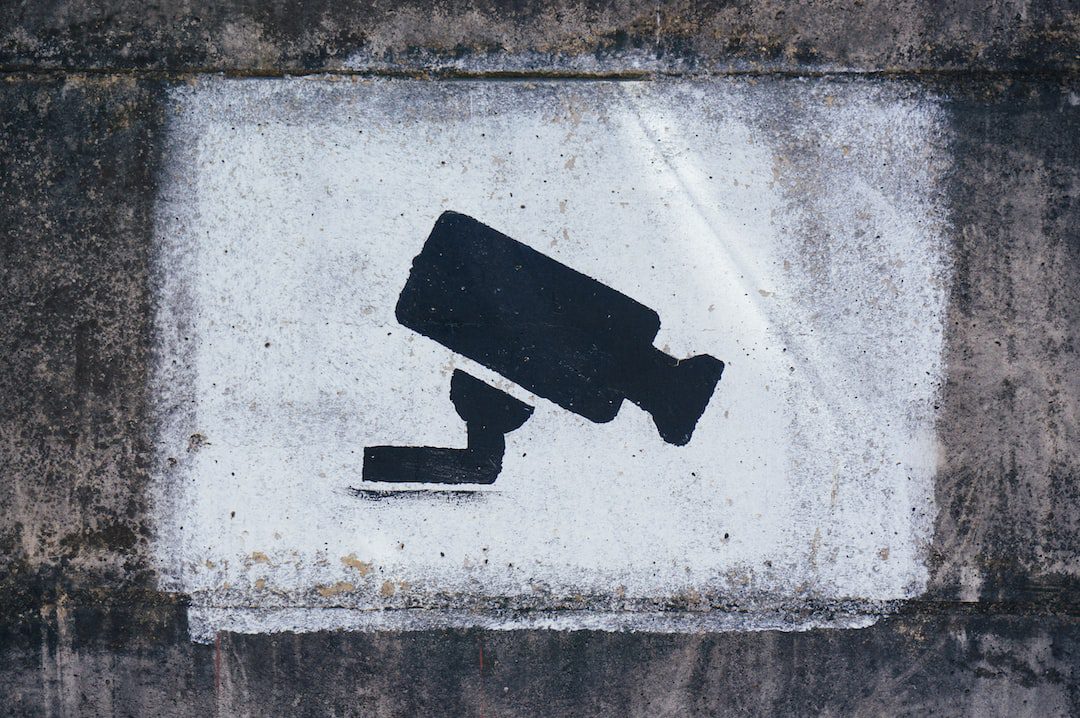There's an Increasing Amount of Employers Wanting Workplace Investigations.

Hidden cameras and other surveillance devices are being used more often in the workplace for various reasons. Some companies use them to monitor employees, investigate theft or drug use, or uncover other potential red flags.
Others use them to identify hazards and improve working conditions. In the event that an investigation is launched into a specific employee, it can be very stressful for both parties involved.
Here is everything you need to know about employee investigations in the workplace:
What is a workplace investigation?
An investigation is when one or more company representatives talk to employees (or others involved) to gather information about a certain issue that needs to be addressed. Investigations of a serious nature are usually undertaken by external private investigators.
Investigations can be initiated by employers for a number of reasons, such as an event that happened recently, an employee complaint, or an employee who is not performing well.
Depending on the reason for the investigation, an employer may or may not have to follow any specific protocols. For example, if the investigation relates to unlawful discrimination or sexual harassment, the company will likely have to follow very specific guidelines to ensure that their investigation process is fair and accurate.
Why do employers use workplace investigations?
Employers use workplace investigations to gather information about employees or events that have either already happened or that they think are likely to happen.
There are many reasons why employers investigate their employees, including but not limited to:
Drugs and alcohol: Employers may investigate an employee suspected of using drugs or alcohol on the job for a number of reasons. It may be due to an error or accident the employee made while under the influence, or there might be a pattern of such incidents.
Theft of company property: Employers may investigate employees suspected of stealing company property. This could be an expensive piece of equipment or materials, or even small things like paperclips or pens.
Other misconduct: Employers may investigate employees suspected of other misconduct, such as falsifying records or performing shoddy work.
Performance issues: Employers may investigate employees whose performance is not up to par. This can cover a variety of areas, such as quality of work, ability to meet deadlines, or working well with others.
Safety issues: Employers may investigate employees who are performing tasks that could put their co-workers or the public at risk. This could be related to the process they are using or their work environment.
Conflicts or whistleblower issues: Employers may investigate employees who are involved in conflicts with co-workers or who report potential violations of the law.
Who can be investigated in the workplace?
Any employee can be investigated, although certain categories of employees are more likely to be investigated than others.
Specifically, supervisors, managers, and other employees who have some sort of authority in the workplace are more likely to be investigated than regular employees. This is because they have more access to information and are expected to set an example for the rest of the team.
Detecting dishonesty in the workplace
Employees can be dishonest for various reasons, such as to gain an advantage for themselves or someone else. This may happen in the form of falsifying records, doctoring time sheets, or hiding certain events from management – like an accident or a mistake.
Determining performance issues
Employers may use hidden cameras to determine if the performance of certain employees needs to be addressed. If one or more employees are not meeting the expectations of their job, the employer may need to meet with them to discuss their performance.
If they’re not willing to change their ways, the employer may decide to fire them. They may also use hidden cameras to determine if there is a pattern to their poor performance. For example, they may be taking too many breaks or spending too much time on social media.
Using hidden cameras can be an effective way to gather evidence about performance issues. This can be helpful for employees who want to improve their performance and for managers who need to document poor performance.
Identifying safety risks and hazards
Employers may use hidden cameras to identify safety risks and hazards in their workplace. This can be particularly useful for companies that work with machinery or other dangerous equipment.
Hidden cameras can help identify problems with machinery and how employees use (or don’t use) it. For example, an employer might use a hidden camera to determine if an employee is using the correct safety gear. They might also want to use a hidden camera to determine if a hazard is present in their workplace. This could include things like excess noise or improper storage of dangerous materials. Employers may use their findings to create a plan to reduce or eliminate the risks and hazards.
Final Words
As you can see, there are many reasons why an employer may decide to launch an investigation. Employees may be nervous if they are being investigated, but it’s important to remember that investigations aren’t something that happens often. If you’ve been accused of a specific misconduct, such as falsifying your work hours, you will likely know about it. If you are worried about being investigated, you can always ask your employer what the process looks like.
Check this page out detailing Misconduct Investigations.
Definition of Workplace Misconduct